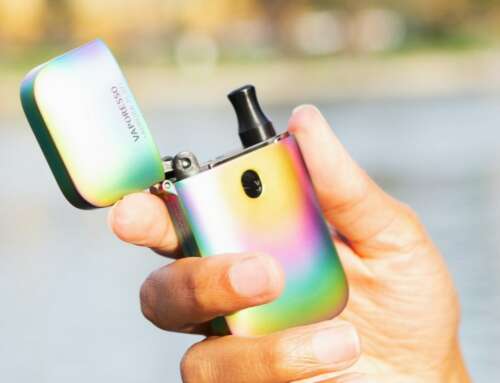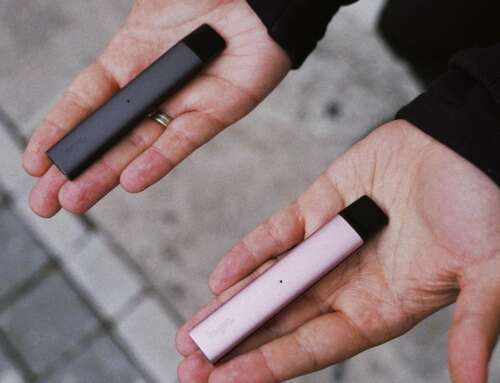Mass Media (television, radio, print and online) reports about illicit drugs do have an impact on teenagers. However, most young people are more concerned with the damage drugs cause to their health and mental wellbeing rather than the legal implications of drug use.
This is the findings of a new Australian study Media Reporting on Illicit Drugs in Australia; Trends and Impacts on Youth Attitudes to Illicit Drug Use carried out by the Drug Policy Modelling Program at the University of NSW.
The study examined the role of the news media, a medium that has a potentially important role in influencing the prevalence, patterns and harms associated with illicit drug taking.
One of the authors of the study, Dr Caitlin Hughes, said a common reaction from young people to legal-themed drug stories was, “another drug bust … oh, who cares, it just happens so often”.
“Our results clearly show there is an opportunity to better harness the media to shape young people’s attitudes to illicit drug use,” Dr Hughes said.
“It is apparent that media messages regarding illicit drugs are pervasive and that youth have frequent contact with mainstream news media. We are not saying news media is a silver bullet in drug prevention, but given news media is so pervasive we do think it ought to be recognised … as a potentially powerful tool for preventing illicit drug use.”
“It is commonly assumed that news media can incite drug use. Our research has found the opposite is the case (as) most media portrayals appear to reduce interest in illicit drugs. They increase perceptions of risk, reduce perceptions of acceptability and reduce the reported likelihood of future drug use,” said Dr Hughes.
Between January and April 2010 the research team assessed the reactions of 2,296 young people 16 to 24 of age, to an assortment of stories about prohibited drugs including cannabis or ecstasy.
Nearly two thirds of participants reported that they had contact on a weekly basis with the mass media through television news, online news, radio or print newspapers.
By canvassing youth perceptions of the media researchers found that only 36.2% saw media as a good source of information on illicit drugs. Conversely, 59.0% said they could not trust journalists to tell the truth about illicit drugs.
Stories which produced the strongest deterrent effect were those focused on the drug-related health and social issues – such as stories on overdose or evidence linking cannabis use to psychosis – rather than stories focused on the arrest of people involved in the drug trade.
However, of the 4,379 media stories analysed less than 25% highlighted the health or social problems associated with drug use.
They found that most media reports focused on the legal problems regarding drug use:
- 55% of the stories related to criminal justice action
- 60% of the stories focused on the legal consequence
- 14% of the stories covered health problems
- 10% of the stories explored the social problems, and
- 10% of the stories looked at the cost to society.
The report concluded “Our findings also indicate that the preventative role of news media is currently being stymied. This is because the portrayals that were deemed most likely to deter youth, such as cannabis psychosis, are currently the least covered in Australian news media.”
So the message to the media (especially the tabloid press) is; report on the harmful side effects rather than the legal ramifications of drug use.
Writer Helen Splarn. Editor Dr Ramesh Manocha
Source: The Drug Policy Modelling Program, University of NSW







As a registered Div 1 nurse (with a psychology degree)and a parent of 3 young people aged 23,21 and 15, I have always spoken to my kids about drugs, including alcohol, in terms of the health effects. With a personal and family history of depression, and a family history of alcholism, I have educated them as best i can on how what seems like a bit of harmless fun at the time can leave a lasting and devastating legacy. I firmly believe this is the best approach to take. Your organisation is doing a great job, and I have attended one of the Generation Next seminars in Melbourne and found it fantastic. I would love to become involved actively in something like this.Keep up the good work.